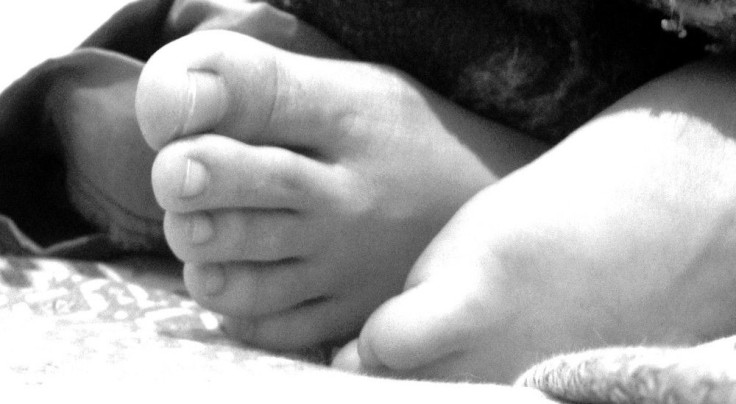Scientists Test Toenail Clippings to Measure Toxic Exposure in New Jersey Residents

After discovering a carcinogenic compound beneath a New Jersey neighborhood, scientists are turning to the residents' toenails to measure toxicity levels.
Garfield, N.J., a town 12 miles west of New York City, was notified about the spread of hexavalent chromium that was putting approximately 3,600 people at risk of exposure.
Toenails are one way scientists from New York University are analyzing levels of the compound in a person's system. Since they grow slowly, researchers can detect how much chromium accrued in the body in an 18-month time frame, Judith Zelikoff, a professor of environmental medicine at New York University, told the Associated Press.
Studies show that nail growth and health are influenced by environmental factors, among others, and show that nail clippings could tell of a person's mineral metabolism, like the amount of calcium minerals. The procedure is normally used to detect mineral composition in patients with bone mineral diseases like osteoporosis or renal failure.
New Jersey residents living in the immediate vicinity could retain these dangerously high levels of chromium in their toenails. Researchers plan to test approximately 250 people, who will be given kits and instructions on how to cut the nails and submit them. The final results are expected to take weeks, reported The Washington Post.
The Centers for Disease Control and Prevention described hexavalent chromium as a compound normally exposed in manufacturing plants and recognized as a workplace carcinogen that could lead to lung, nasal and sinus cancer.
Thirty years ago the contamination was discovered at EC Electroplating Co., a factory that was coating metal objects. The plant is surrounded by residential homes and was undergoing a state-led cleanup that ended after two years.
According to The Environmental Protection Agency, the plume, measured at three-quarters of a mile wide and eight-miles long, traveled from the Passaic River to the city of Passaic. Now they are expecting to drill the spill site to remove the contaminated soil.
A study from Clinical Calcium explained that as a person ages, their concentration of calcium decreases, in both men and women, while levels of magnesium increase.
The Mayo Clinic pointed out several warning signs for weakening nails, such as nail pitting that could indicate a condition called psoriasis, also characterized by patchy skin; spoon nails that could indicate an individual absorbs too much iron from food; and indentations that appear beneath cuticles associated with zinc deficiency. The whole list is featured on the Mayo Clinic website.
Published by Medicaldaily.com



























